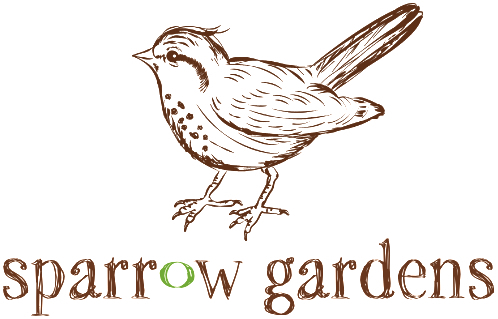hellebores, harbingers of spring
Emerging with the first warmth of spring, when the ground is still often covered with lingering snow, Hellebores are a welcome harbinger of the new season. This year, with our unusual warmer weather in January, my hellebores were already budding up the first week of February! Typically hellebores bloom from March through May in our area, which is why one of the most common varieties (orientalis) has the nickname “Lenten Rose” from its tendency to bloom at the same time as the observance of Lent. Another common variety, the Christmas Rose (niger), blooms even earlier in milder climates, such as Britain, hence it’s nickname.
Commonly known as Hellebores, the genus Helleborus includes approximately 20 species in the family Ranunculaceae. The scientific name Helleborus is derived from the Greek “elein” meaning to injure, and “bora” meaning food. Many species are poisonous, which makes them resistant to both deer and voles, an important quality for use in Cape Cod gardens.
The flowers of a hellebore have an unusual design - what we call the petals are actually the sepals, the true petals being inconspicuous. They also nod forward in a trademark stance, this habit protects the pollen from getting wet, a definite risk in late winter/early spring weather. Planting hellebores on a hillside or slope can allow an admirer to gain a better view of the flowers when they open.
Hellebores grow best in moist but well-drained soil in partial shade. This makes them excellent companions for ferns, hosta, pulmonaria, foxglove, astilbe, solomon’s seal, bleeding heart and other woodland garden choices. Because they have very large root systems, for the first year hellebores should be watered consistently. Once established they are fairly drought-tolerant, though they should be watered during extended dry periods.
The easiest varieties to grow, and therefore the most common, are the Oriental hybrids(Helleborus X hybridus). The Lenten Rose is an orientalis, and is listed as hearty to zone 4. There are many options beyond the Lenten Rose, however. In addition to the solid colored blooms, there are blooms with veining, spotting, or picotee edges (different colored edges), or blooms with dark centers resembling an anemone. There are also single, double, and star-shaped blooms.
Though slow to establish themselves in the garden, the care of hellebores long-term is pretty straightforward. In the spring the old foliage which is usually tattered from winter weather can be pruned back and a light fertilizer or side dressing of compost can be applied. During the late spring and summer the old blooms should be removed along with any yellowing or dead leaves. In the fall a light mulch can be applied to protect the crowns.
Truly hellebores are a wonderful addition to the shade garden and a welcome sight for the winter weary to behold in spring!
resources:
White Flower Farm
Plant Delights
Northwest Garden Nursery
Pine Knot Farms
Thimble Farms

